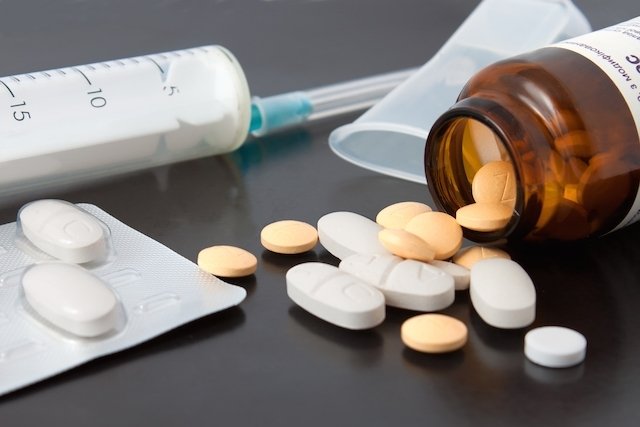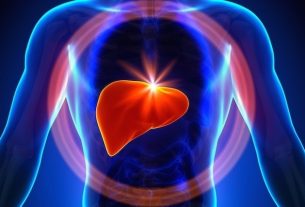Medications for type 1 and type 2 diabetes help control blood sugar levels and keep blood glucose close to a normal level, preventing possible complications of diabetes, such as retinopathy or kidney failure, for example.
In type 1 diabetes, the main medication is insulin, which must be used daily. In the case of type 2 diabetes, antidiabetic tablets are generally used, such as metformin, glimepiride or gliclazide, for example. Furthermore, following a controlled sugar and fat diet and exercising is essential in all cases.
As the most suitable medicine for each person varies according to several factors, which include the type of diabetes, the severity of the disease and age, treatment should always be guided by an endocrinologist or general practitioner. To better understand what differentiates the types of diabetes, see what the characteristics and differences between the types of diabetes are.

Medications for type 1 diabetes
As in this type of diabetes, the pancreas cannot produce insulin or produces it in minimal quantities, the objective of the treatment is to simulate the natural production of this hormone, that is, at the same times and quantities according to each person’s needs, to prevent the increase in blood glucose.
Therefore, to simulate the action of the pancreas, it is necessary for the person with type 1 diabetes to use at least two types of insulin, which are:
These medications can be found in any pharmacy and most are also available in popular pharmacies, accessed through the SUS, according to medical prescription.
To facilitate application and reduce the number of injections, there are also combinations with insulin preparations, which combine 2 or more types of insulin, with fast and slow action.
Furthermore, one option is the use of an insulin pump, which is a small device that is attached to the body and can be programmed to release insulin quickly or slowly, according to each person’s needs.
Find out more details about the main types of insulin and how to apply it.
Medications for type 2 diabetes
The most commonly used medications for type 2 diabetes are oral hypoglycemic or antidiabetic drugs, which can be taken alone or in combination, in order to control blood sugar levels. Some examples include:
The most recent medications, such as exenatide, liraglutide, gliptins and glyfozins, are not yet available through the public network, however, other medications can be found free of charge in pharmacies.
In cases where glucose is very high, or when pill medicines are no longer effective, the doctor may include insulin injections in the treatment. However, to treat type 2 diabetes, in addition to the use of medication, it is essential to control the consumption of sugars, carbohydrates, fat and salt, in addition to practicing physical exercise regularly as advised by your doctor. See what a diabetes diet should be like.
Do diabetes medications make you lose weight?
Diabetes medicines should not be used by people who want to lose weight and who do not have diabetes, as it is dangerous for their health.
The medications used to control blood sugar levels, in the case of diabetes, have the effect of weight loss, because with better control of blood sugar levels, the person feels less hungry, and it becomes easier to follow a weight loss diet.
However, the use of hypoglycemic drugs should not be used by healthy people, who should instead choose to consume foods, juices and teas that help control blood sugar, naturally, such as cinnamon, passion fruit peel flour and linseed. ground golden, for example.
Home remedies for diabetes
Natural remedies for diabetes are great ways to complement medication treatment, as they have properties that help reduce blood glucose. Some teas with this function are carqueja, cinnamon or sage teas, for example. Check out the tea recipes for diabetes.
Another great home remedy is the use of passion fruit peel flour, as it contains pectin, a fiber that works to reduce blood glucose. Furthermore, another blood glucose regulator is São Caetano melon, which can be consumed in its natural form or as juice, for example.

Sign up for our newsletter and stay up to date with exclusive news
that can transform your routine!
Warning: Undefined array key "title" in /home/storelat/public_html/wp-content/plugins/link-whisper-premium/templates/frontend/related-posts.php on line 12
Warning: Undefined array key "title_tag" in /home/storelat/public_html/wp-content/plugins/link-whisper-premium/templates/frontend/related-posts.php on line 13



